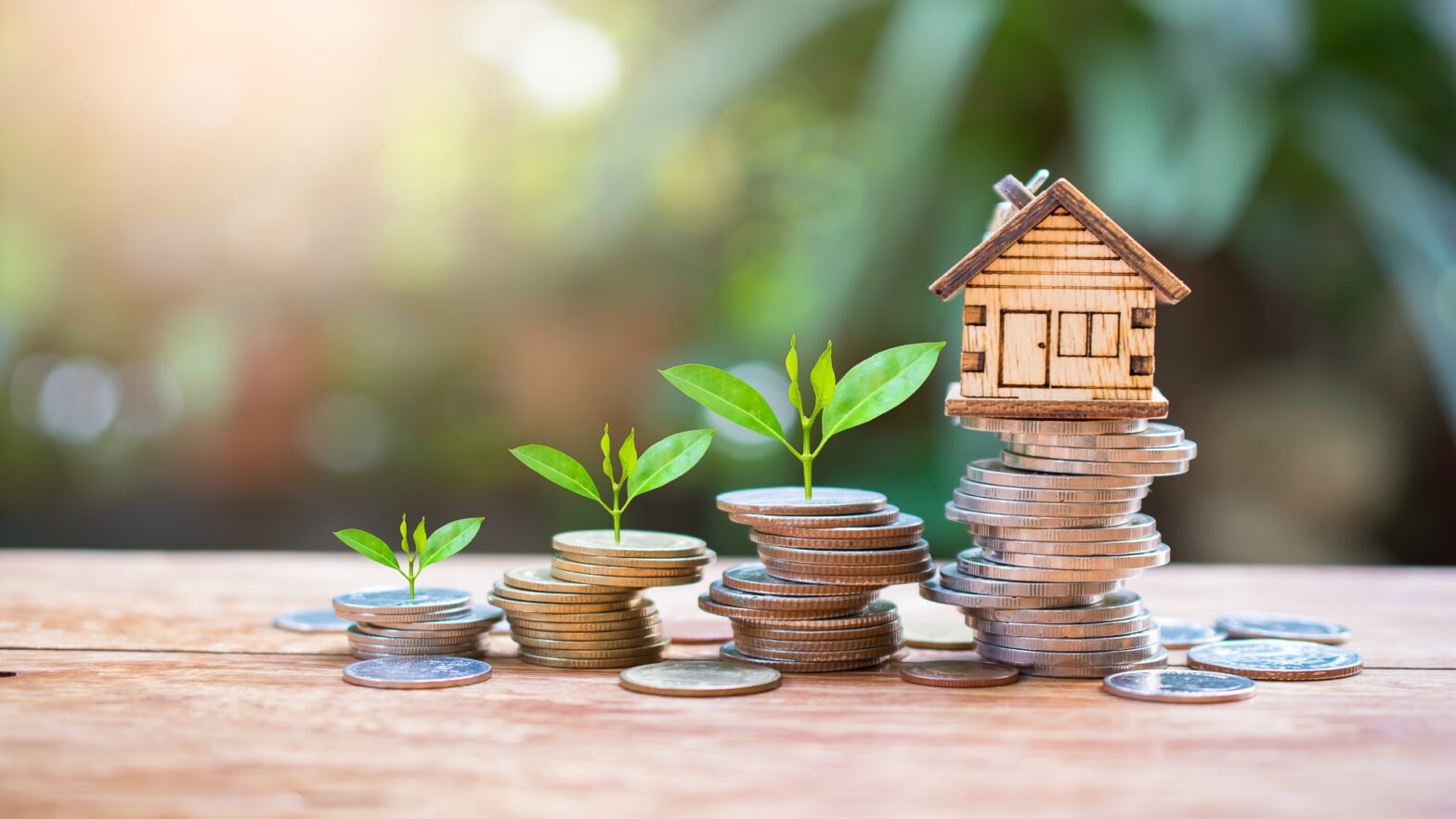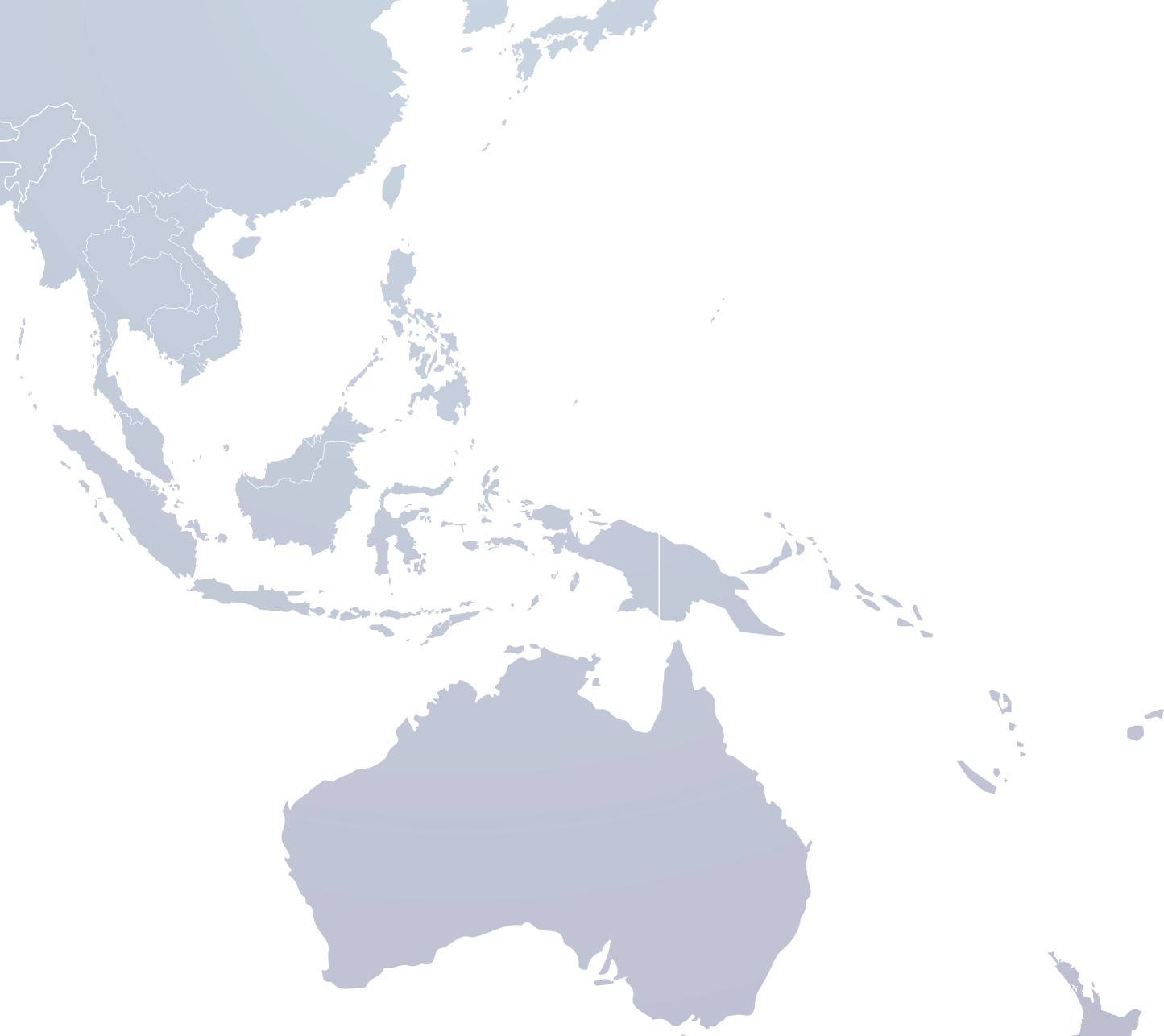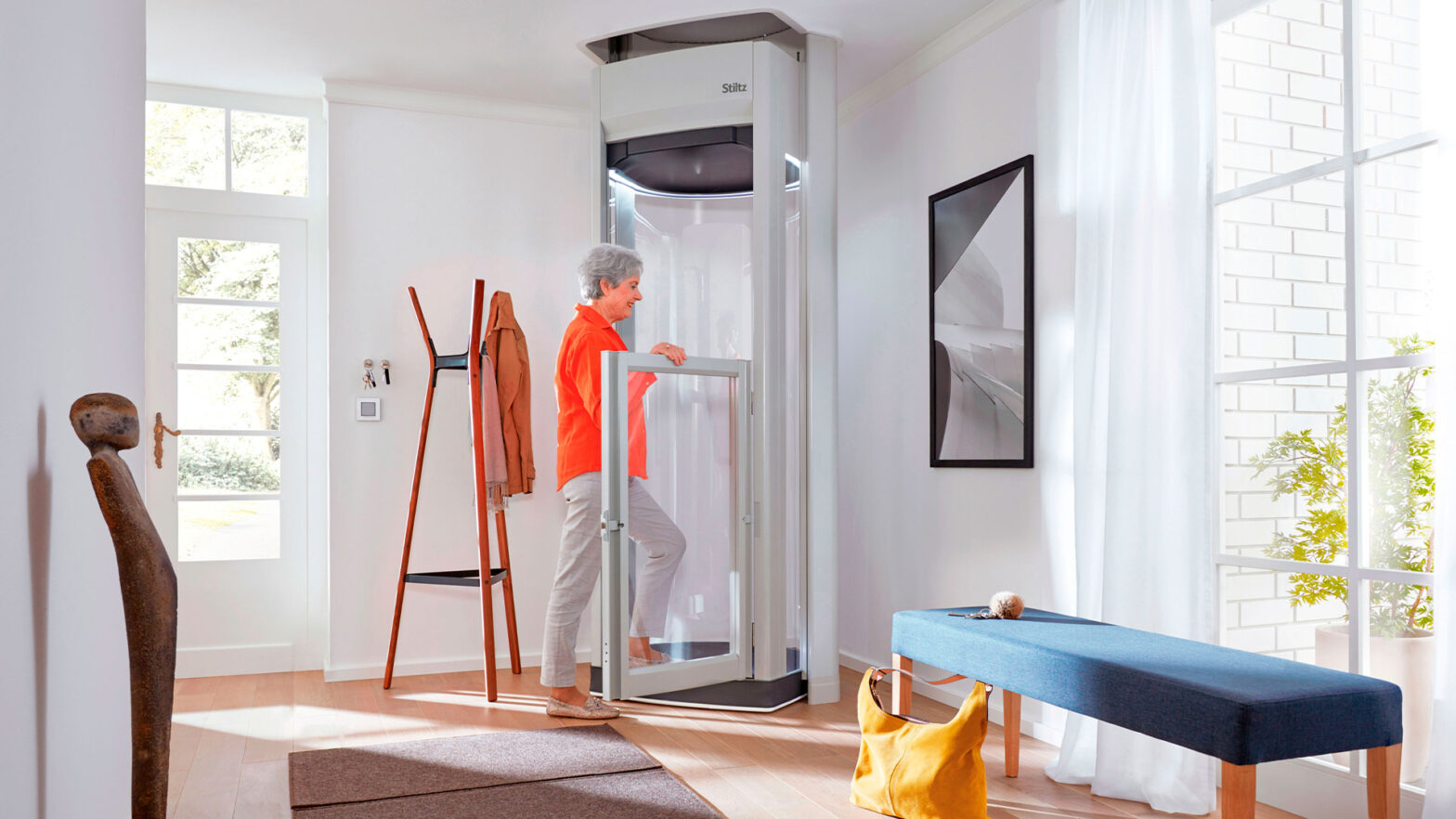In December of 2022, Australia’s annual inflation peaked at 8.4%, falling to 7.4% in January and 6.8% in February. The Reserve Bank of Australia (RBA), which has the ability to manipulate rates to keep inflation within a target of 2% to 3%, left its benchmark interest unchanged at 3.60% for the first time in 11 meetings in early April. At the time, RBA’s governor, Philip Lowe, said that the bank forecasted inflation to return to target and that continuing to tighten monetary policy might be necessary. Holding interest rates steady would give the Reserve Bank of Australia more time to monitor and assess the state of the economy in the nation amidst significant uncertainty.
This move came amid growing evidence that the combination of several factors, including higher interest rates, cost-of-living pressures, and a decline in housing prices is contributing to a substantial slowdown in household spending. In an April press conference, Finance Minister Katy Gallagher acknowledged that Australia’s inflation is the “key challenge in the economy” and, therefore, “getting back to target range is a priority.” According to Gallagher, the main focus would be to make decisions that would not worsen the inflation problem. Amid the crisis, opposition treasury spokesman Angus Taylor urged the government not to increase taxes to avoid deepening the burden of the mounting cost-of-living pressures.
On the second of May, however, the Reserve Bank Board lifted the official cash rate from 3.6% to 3.85%. Lowe cited the importance of returning inflation to target within a reasonable timeframe as the driving factor for this surprising decision.
So what is triggering inflation? What has been the impact of hiking interest rates on the cost of living and real estate in Australia? And what is the reason behind the surprising resilience of car loans amidst economic uncertainty? Let’s discuss.
The factors triggering the rising inflation rates in Australia
Experts point out a combination of factors, including the recovery from the worldwide recession sparked by numerous COVID-19 lockdowns. Amid the unprecedented health crisis, the government supported businesses and helped to keep Australians employed through emergency stimulus packages such as the JobKeeper payments. In addition, programs like HomeBuilder aided a range of initiatives focused on the residential construction sector.
According to experts like economist Saul Eslake, inflationary shocks are being felt more deeply because prices had a downward tendency in the twenty years prior to the pandemic. During the lockdowns, prices began to increase as people were spending more on high-end products such as entertainment equipment, fitness machines, and cars. Simultaneously, lockdowns led to the closing down of factories, which in turn caused supply shortages. And, because many ships were no longer operating, shipping costs boomed by 400%.
The Russia/Ukraine war has also had an enormous impact on the global energy and commodity markets. After all, Russia is the second-largest gas supplier
and the third-largest oil supplier. The country is also a key producer of various metals such as copper, aluminium, platinum, nickel, palladium, and titration. Both Russia and Ukraine produce massive quantities of cereal, wheat, and oilseeds. Losing all or part of this supply significantly spikes prices.
What’s more, research from the Australia Institute shows that big businesses’ profits account for 69% of the inflation which is above the RBA’s
target range of 2-3%. This contradicts the belief that workers’ wages are a significant driving factor of the nation’s inflation rate.
Other factors like extreme weather events (floodings, heavy rain, and droughts) prompted by climate change across the globe have also affected agriculture, pushing up freight costs and contributing to inflation.
The cost-of-living pressures faced by Australian homes and businesses
The cost of living has a great impact on personal finances as it measures how much money an individual needs to buy necessary items. Economists determine how much it costs to live somewhere by taking into consideration various metrics such as the cost of buying basic necessities (food, shelter, and clothing), whether people can afford them, and how cost changes impact different demographics.
In Australia, the cost of living is the amount of money needed to cover food, housing, transportation, healthcare, utilities, and taxes. These expenses tend to fluctuate depending on a time period or regional area. While it is challenging to determine the cost of living in Australia, the database Expatistan estimated that an individual would need $3,799 per month to get by, making it one of the most expensive places to live in the world.
With the inflation rise in 2022, the cost of living has exponentially soared, impacting Australians in several areas of their lives. The Consumer Price Index (CPI) of food and non-alcoholic beverages, which was at 3.5% in December of 2021, rose to 7.8% a year later, making it difficult for some Australians to afford the usual grocery shop basket. Similarly, the CPI of clothing and footwear rose from -0.3% in 2021 to 5.3% in December 2022. Alcohol, tobacco, communication, recreation, education, insurance, financial services, furnishing, and household equipment services are much more expensive right now.
For Australians, home-related costs are the most draining item in their bank accounts. Fluctuating CPIs can have a substantial impact on rent, mortgage payments, house prices, premium home insurance packages, and utilities like electricity, water, and the internet. Those who spend more than 30% of their income on house-related expenses are considered to be under “housing stress”.
Opinion polls and surveys show that, in general, cost-of-living pressures have climbed to the number one spot in the national worry list. In late December of 2022, the Resolve Political Monitor (RPM) revealed that voters ranked “keeping the cost of living low” as the top monetary policy followed by tackling climate change. Resolve director Jim Reed said that some Australians, “especially those on fixed incomes, are now telling us that they are having to make tough choices about what essentials to spend their money on, like food or utilities.”
Yet another poll, the March 2023 Ipsos Issues Monitor, which asks participants to identify three main challenges facing the country, showed that the number one concern for 62% of people is the cost of living, followed by the cost of housing (36%), the economy (34%) and healthcare (31%).
What about businesses? While some of Australia’s largest companies like Woolworths, Woodside, and Qantas are thriving, many other businesses are struggling. Cost-of-living pressures mean that consumers have a weaker purchasing power and, as a result, businesses will see lower profit margins. In addition, the increase in energy and material prices, translates into higher operating costs and hiking interest rates causing the rising cost of credit. The construction industry, for example, saw company collapses jumping by 28% due to rising building costs and supply issues.
The impact of the interest rate hikes on real estate in Australia
The Reserve Bank’s aggressive rate-hiking measure has affected real estate in Australia, triggering the greatest decline in over four decades. This new slide exceeds both the previous record-breaking decline that occurred from 2017 to 2019 and the downturn triggered by the Global Financial Crisis of 2007-2008. Housing prices in Sydney have led this recent nosedive, dropping 13% from their highest mark. Brisbane prices also tanked 10% followed by Melbourne at 8.6%.
The aggressive monetary policy has hit homeowners who are still paying their mortgages. Around 60% of Australians have been affected by the measure, being forced to carefully analyse their expenses and decide where to start cutting back. For those who recently took a new loan, needing to find extra dollars in order to meet their mortgage repayments has become one of the main concerns amid the cost-of-living crisis.
The RBA’s governor and treasurer argue that the combination of low levels of unemployment and big household cash buffets means that the majority of people are well-equipped to deal with the Australian interest rate. As per data from the Commonwealth Bank, 78% of CBA home loan consumers are ahead of their mortgage repayments. On average, homeowners are three years ahead of their repayments. Yet, households have had to consider whether to use their financial buffers to cover the extra costs or keep their buffets as they are and opt for cutting back on their expenses instead.
While the increase in existing borrowers’ repayments has garnered a lot of media attention, the monetary policy also impacts future lending in Australia. Essentially, a higher interest rate not only means an increase in future repayments but also a reduction in the maximum loan size for prospective consumers looking to purchase property. A bank or lender calculates the maximum loan size for a borrower by making sure that the sum of the loan repayments and the borrower’s expenses don’t exceed their income. Current interest rates aren’t taken into account in that calculation, but rather an interest rate that is at least 3 percentage points higher. Overall, the situation has reduced Australians’ borrowing capacity by 30%. In such a panorama, lenders and banks might be reluctant to lend money at high-interest rates amidst fears of recession. Smaller banks and non-banks have taken a hit from rising funding costs as they lack large deposit bases to fund their loans.
The state of car lending in Australia amidst soaring inflation and housing prices
While Australians might struggle to purchase property or find affordable renting, getting a car loan is still fairly easy. Why? Because most car loans offered by banks are secured car loans. A secured car loan is a type of loan that is taken out to purchase a car and is secured by the car itself. This means that if the borrower cannot repay the loan for any reason, the lender can repossess the car to recover their losses. Because the underlying asset retains its value, unlike real estate, car loans are much safer for lenders.
When someone applies for a secured car loan, they will typically be required to provide collateral in the form of the car they are purchasing. The lender will use the value of the car to determine the amount of the loan and the interest that the borrower will be charged.
Secured car loans have a number of benefits. For instance, they generally come with lower interest rates than unsecured loans since the lender has collateral to seize in the event of default. This reduced risk for the lender means they are willing to offer lower rates to borrowers. Because the lender has the security of the car as collateral, they may be willing to lend borrowers more money than they would with an unsecured loan. This can be particularly helpful for someone who needs to purchase a car that is more expensive than they can afford to pay for in cash.
Secured car loans often come with longer repayment terms than unsecured loans, which can make monthly payments more manageable. Furthermore, this can help borrowers build their credit score over time by making consistent, on-time payments. Finally, since secured car loans are secured by the car itself, lenders may be more willing to approve borrowers who have less-than-perfect credit or who have limited credit histories.
Despite inflation and cost-of-living pressures, vehicle sales in Australia rose 1.8% in February, compared to the same period last year. According to the Federal Chamber of Automotive Industries, February sales alone reached the highest levels since 2019, as Australia’s growing affinity for sustainable vehicles increased. Battery electric vehicles represented 6.8% of sales, or 5,932 sold vehicles while zero and low-emissions vehicle sales accounted for 13.9%, or 12,102 sold vehicles.
The future of lending in Australia
The Reserve Bank of Australia’s recent move of resuming interest rate increases has shocked financial markets and borrowers alike. The future of lending looks uncertain and it isn’t clear whether the RBA will continue pushing up rates. For those repaying their mortgages, the situation has been particularly difficult as they are faced with difficult financial decisions in order to meet their repayments. Applying for housing loans is also harder with reluctant lenders and borrowers who have lost up to 30% of their borrowing power. By comparison, car loans, specifically secured card loans remain more accessible amid the economic uncertainty.





























